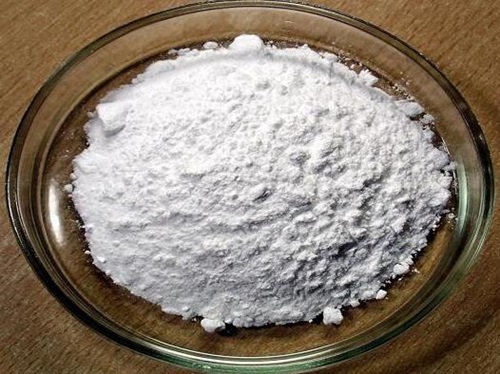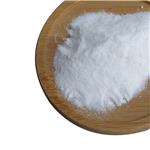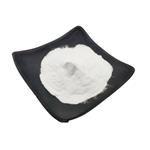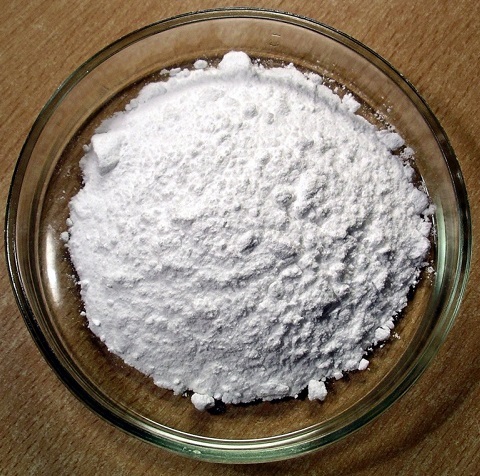Lithium Metaborate: Applications in Analytical Techniques and Safety Hazards
Lithium metaborate is one of the borates, a large family of salts (ionic compounds) with anions consisting of boron, oxygen, and hydrogen.It is often encountered as a hydrate, LiBO2·nH2O, where n is usually 2 or 4.

Applications in Analytical Techniques
Molten lithium metaborate, often mixed with lithium tetraborate Li2B4O7, is used to dissolve oxide samples for analysis by XRF, AAS, ICP-OES, ICP-AES, and ICP-MS, modern versions of classical bead test. The process may be used also to facilitate the dissolution of oxides in acids for wet analysis. Small amounts of lithium bromide LiBr or lithium iodide LiI may be added as mold and crucible release agents.
Lithium metaborate is an effective flux for silicates and other rock-forming minerals. The glass resulting from fusion is mechanically strong, reasonably nonhygroscopic, and is readily soluble in dilute acids. These characteristics lead to its use in X-ray spectrography and in methods which require whole-rock solutions, such as atomic absorption and emission spectrometry. Difficulties have been encountered in the use of such techniques : a high-quality reagent has been difficult to obtain ; fusion conditions must be rather closely controlled; graphite crucibles used in the fusions need special treatment.1
Safety Hazards
Lithium metaborate is classified as harmful if swallowed, can cause serious eye damage, and is suspected of damaging the unborn child. It falls under Acute oral toxicity Category 4, Serious Eye Damage/Eye Irritation Category 1, and Reproductive Toxicity Category 2. In case of exposure or concerns regarding Lithium metaborate, immediate medical attention or advice should be sought. If the chemical comes into contact with the eyes, they should be rinsed cautiously with water for several minutes, and a medical professional should be contacted promptly.
Reference
1. Ingamells C. Lithium metaborate flux in silicate analysis. Analytica Chimica Acta. 1970; 52(1): 323-334.
You may like
Related articles And Qustion
See also
Lastest Price from LITHIUM METABORATE manufacturers

US $10.00/KG2025-04-21
- CAS:
- 13453-69-5
- Min. Order:
- 1KG
- Purity:
- 99%
- Supply Ability:
- 10 mt

US $6.00-3.00/kg2025-02-13
- CAS:
- 13453-69-5
- Min. Order:
- 1kg
- Purity:
- 99%
- Supply Ability:
- 10 tons



